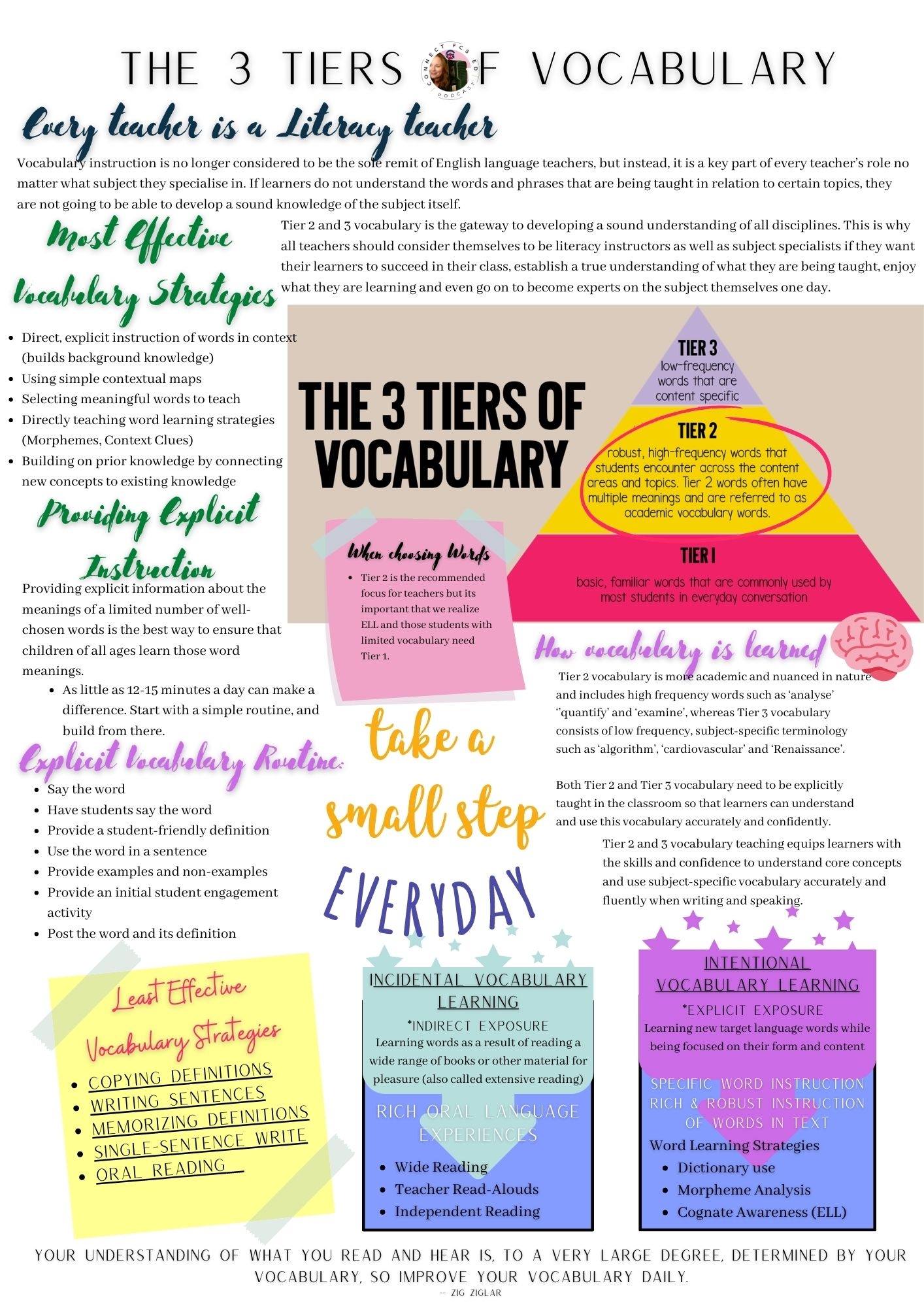Effective vocabulary instruction is crucial for students to develop strong language skills. By expanding their vocabulary, students can improve their reading comprehension, writing abilities, and overall communication skills. There are various strategies and methods that teachers can use to teach vocabulary in an engaging and impactful way.
In this article, we will explore some examples of vocabulary instruction that have been proven to be successful in helping students enhance their word knowledge and language proficiency.
Examples of Vocabulary Instruction:
1. Contextual Learning: One effective method of teaching vocabulary is through contextual learning. This involves introducing new words in the context of a sentence or passage, allowing students to understand the meaning of the word based on how it is used in a specific context. By providing real-life examples and situations, students can better grasp the meaning of the word and how it can be used in different contexts.
2. Vocabulary Games: Another fun and engaging way to teach vocabulary is through games. Games such as word puzzles, bingo, and vocabulary charades can make learning new words more enjoyable for students. These games not only help students memorize and understand new words, but also promote collaboration, critical thinking, and problem-solving skills.
3. Word Walls: Word walls are visual displays that showcase new vocabulary words in the classroom. By seeing the words displayed prominently on the wall, students are constantly exposed to the new vocabulary and can refer back to it whenever needed. Teachers can also incorporate activities such as word hunts or word of the day to reinforce the learning of these new words.
4. Word Mapping: Word mapping is a strategy that helps students visualize the relationships between words and their meanings. By creating visual maps or diagrams that show the connections between words, students can better understand the nuances and associations of different vocabulary words. This visual representation can aid in memory retention and deepen students’ understanding of the words.
5. Vocabulary Journals: Encouraging students to keep vocabulary journals can help them actively engage with new words and expand their word knowledge. In these journals, students can write down new words, their definitions, and examples of how they are used in sentences. This practice not only helps students remember the words better, but also encourages them to use the words in their own writing and communication.
In conclusion, incorporating a variety of vocabulary instruction methods can help students develop a rich and diverse vocabulary. By using strategies such as contextual learning, vocabulary games, word walls, word mapping, and vocabulary journals, teachers can make vocabulary instruction more engaging, interactive, and effective for students.
